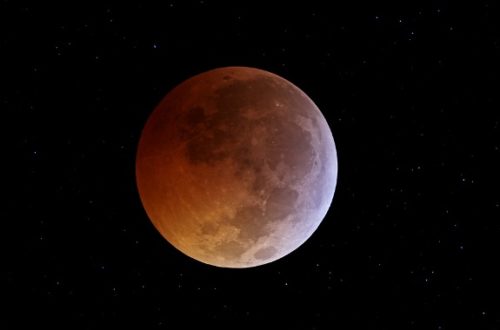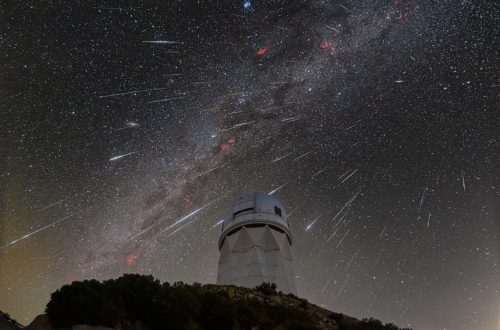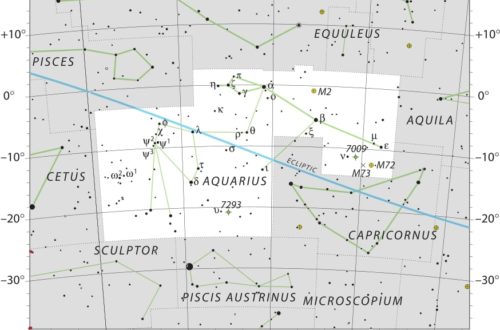Monthly Stargazing Calendar for April 2012
Looking for the April 2025 stargazing calendar?
On April 15 the planet Saturn will be at Opposition. The ringed giant will be at its closest approach to the Earth and its face will be fully illuminated by the Sun. It will be the best time to view and photograph Saturn and its moons. Unfortunately you will not be able to see the rings with the naked eye, but a modest telescope or powerful binoculars would be enough.
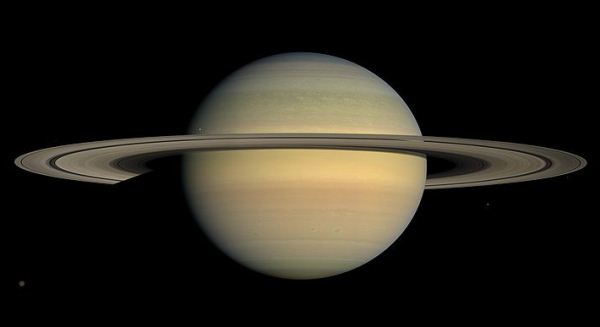 Saturn by Cassini during the equinox of 2008
Saturn by Cassini during the equinox of 2008
Would you like to be notified of stargazing events?
On April 21 and 22 we will witness the Lyrids Meteor Shower. The Lyrids are an average shower, usually producing about 20 meteors per hour at their peak. These meteors can produce bright dust trails that last for several seconds. Although some meteors can be visible from April 16 to 25 the meteor shower will peak on the night of April 21 and 22 after midnight. The meteors will appear to be radiating from the constellation of Lyra. With no moon to ruin the show, we can expect a spectacular event this year.
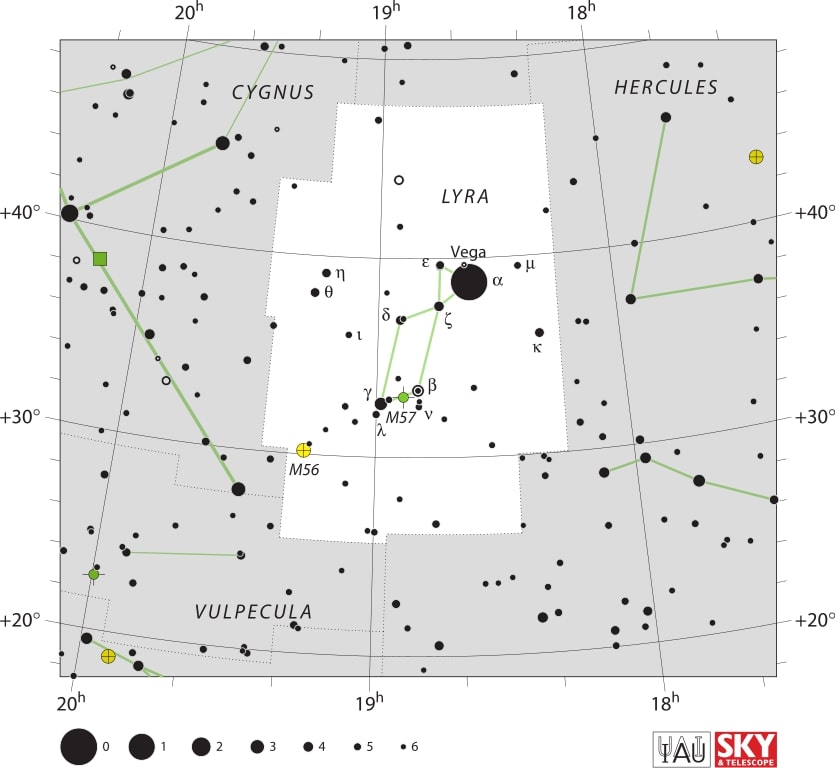
Moon phases
As you know, the Moon has a big impact on the visibility of celestial bodies in the night sky. So here are the Moon’s phases for this month:
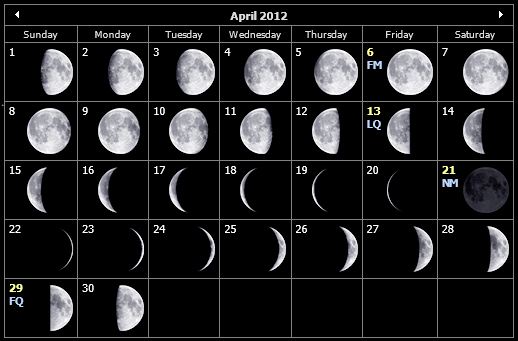
Positions of the planets this month
Mercury: The closest planet to the Sun can be seen at dawn and dusk between the constellations of Pisces and Aquarius, not far from the planet Uranus. This planet, being the closest to the Sun, will appear to move quickly in the night sky and its position will change in the following weeks.
Venus: The sister planet can be seen in the constellation of Taurus, not far from the planet Jupiter. Just like Mercury, Venus can only be seen at dawn and dusk.
Mars: The red planet can be seen in the constellation of Leo, not far from the bright stars Regulus and Algieba.
Jupiter: The gas giant is visible between the constellations of Aries and Cetus. Jupiter can easily be spotted with the naked eye, even in highly illuminated cities.
Saturn: The ringed giant can be seen with the naked eye in the middle of the Virgo constellation, not far from the bright star Spica.
Uranus: The gas giant can be seen between the constellations of Pisces and Cetus with the use of a telescope.
Neptune: The blue giant requires a telescope pointed in the constellation of Aquarius in order to be seen.
Major astronomical events next month
- May 5, 6 – Eta Aquarids Meteor Shower.
- May 20 – Annular Solar Eclipse.
See also:
- Previous month’s calendar: Stargazing Calendar for March 2012
- Next month’s calendar: Stargazing Calendar for May 2012
Would you like to receive similar articles by email?



